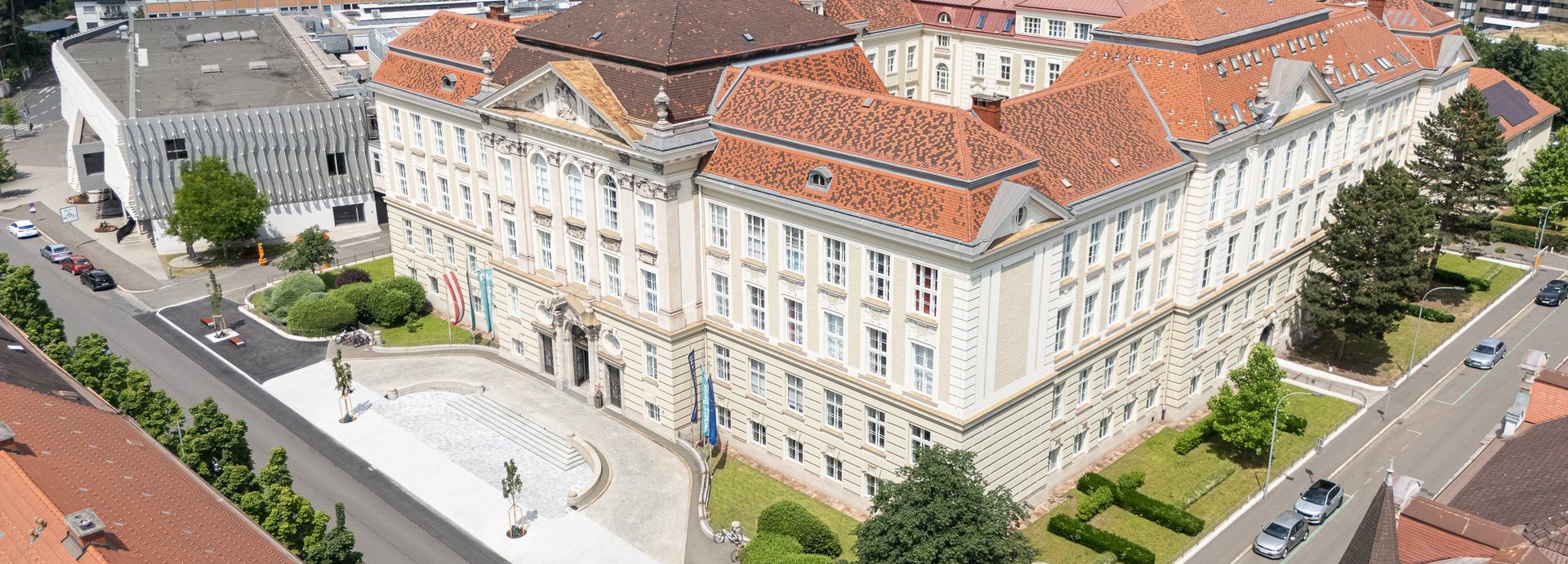Solar flares can cause damage even on Earth through particle radiation. Outside the Earth's protective magnetic field – the Van Allen Belt – space is an extreme and deadly environment due to this radiation, known as "space weather". Despite the adverse conditions, it is a long-standing wish of mankind to fly to the stars. Missions to distant destinations such as Mars are on the agenda of federal space agencies and increasingly also private companies.
Aluminium for space technology
Due to the extreme conditions, metal is often used as a structural material in space technology. "Aluminium is ideal because of its light weight, but today's alloys show undesirable softening when exposed to high-energy radiation due to the dissolution of the hardening phases. We have addressed this problem now," says Prof. Stefan Pogatscher from the Chair of Nonferrous Metallurgy at the Montanuniversität Leoben.
The researchers recently discovered a hardening phase that does not dissolve when bombarded with particle radiation. This phase has a very complicated structure consisting of magnesium, zinc and aluminum and surprisingly survives the most extreme irradiation conditions, which the researchers simulated in an electron microscope using an ion accelerator. "We suspect that the high phase content in the alloy and the complexity of the phase – it has 162 atoms in its smallest component – are the reasons for this extraordinary property," explains Dr. Matheus A. Tunes, expert in the observation of radiation damage in materials at the Montanuniversität.
Based on these observations, the researchers present new ways of designing alloys for space applications in a new and groundbreaking article. In Leoben they now want to develop the materials for future space travel. The renowned journal Advanced Science has dedicated a spectacular cover page to this research.
Information on the paper
Link to the study: https://onlinelibrary.wiley.com/doi/abs/10.1002/advs.202002397
Tunes, M. A., Stemper, L., Greaves, G., Uggowitzer, P. J., & Pogatscher, S. Prototypic Lightweight Alloy Design for Stellar‐Radiation Environments. Advanced Science, 2002397.
Link to cover page: https://onlinelibrary.wiley.com/doi/10.1002/advs.202070126
Further Information:
Univ.-Prof. Dr. Stefan Pogatscher
Chair of Nonferrous Metallurgy – Montanuniversität Leoben
Tel.: 03842 402 5228
Mobile: 0664 2418337
E-Mail: stefan.pogatscher@unileoben.ac.at



![[Translate to English:] [Translate to English:]](/fileadmin/_processed_/0/5/csm_Titelbild_00de43703d.jpg)